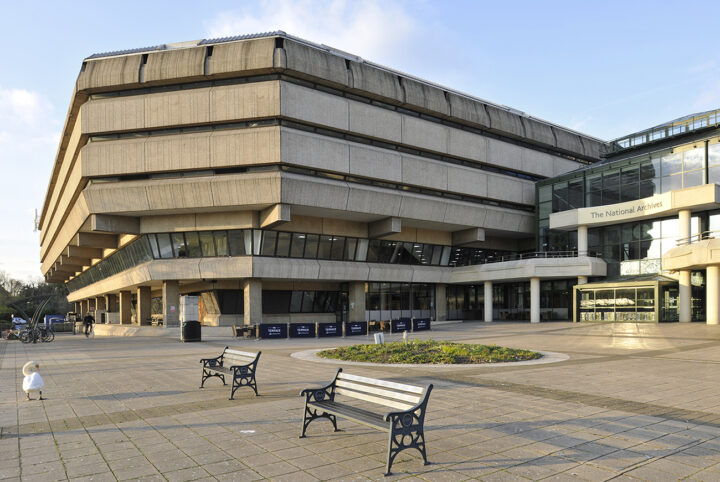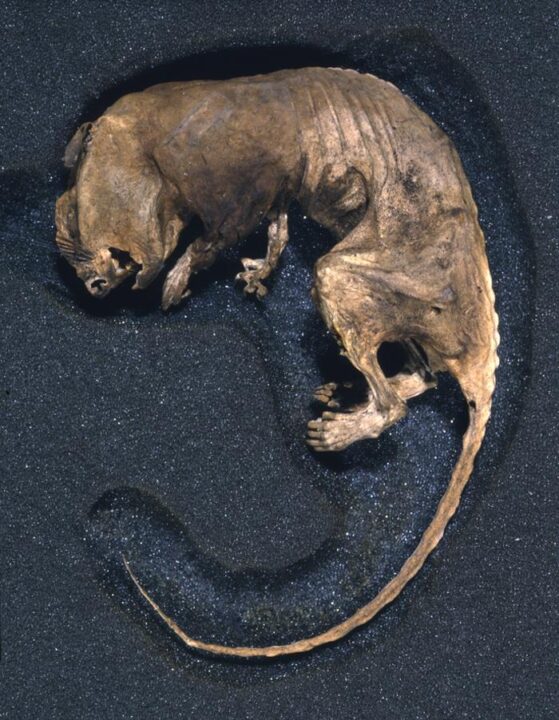
Archives Live: Tudors
Suitable for: Key stage 5
Time period: Early modern 1485-1750
Curriculum topics: Tudors
Suggested inquiry questions: What can five original documents reveal about the Tudor period?
Download: Lesson pack
This free live event explored five significant Tudor documents curated by the esteemed historian, Dr Tracy Borman, hosted by Jenny Draper. Dr Tracy Borman is a Tudor historian, author, broadcaster and joint Chief Curator at Historic Royal Palaces.
Students will learn more about the extraordinary collection of Tudor documents at The National Archives, housed in the State Papers. Throughout the event there will also be group discussions and palaeography challenges.
The beginning of the accompanying resource pack contains some pre-reading for you to have a look at before you watch the stream. You should use this information as well as your prior knowledge to think of some questions to ask Dr Tracy Borman. This should take you approximately 15 minutes.
The middle of the pack contains everything you will need during the stream – please do not look at this section before the stream begins so as not to give anything away!
The end section of the pack contains resources and questions for you to complete after the stream.
We hope you enjoy your experience with Dr Tracy Borman and Jenny Draper – the documents you will see from The National Archives will contribute directly to your A Level History understanding.
Download the resource pack as a PDF
Broadcast:
Watch the recording of the live event on YouTube:
Before the event
Tasks:
1. Read the information below about Dr Tracy Borman and The National Archives, then consider the following questions:
- How do you think Tracy goes about writing a new book?
- What challenges do you think Tudor historians face?
- Why would you find Victorian handwriting in the Tudor documents?
- Why do you think it’s important to look at original documents?
2. Think of some of your own questions to submit to Dr Tracy Borman.
Dr Tracy Borman
Dr Tracy Borman is a Tudor historian, author, broadcaster and joint Chief Curator at Historic Royal Palaces. Tracy has written extensively about the Tudor period, including books on Thomas Cromwell and the private lives of the Tudors. She is also a regular broadcaster, presenting television programmes like ‘The Fall of Anne Boleyn.’ She even used to work as a document specialist at The National Archives.
Tracy has chosen five Tudor documents, including her favourite historic record and ones that illuminate key aspects of the period. You will get the opportunity to take part in a live Q&A with Tracy and see her unboxing original documents. You will also learn more about the extraordinary collection of Tudor documents at The National Archives, housed in the State Papers. Throughout the event there will also be group discussions and palaeography challenges!
The National Archives
The National Archives is the official archive for the UK Government, and for England and Wales. The Archives is the guardian of over 1,000 years of iconic national documents.
The story of the rat
In the 1830’s, a man named Sir Henry Cole worked as a civil servant. As part of his duties, he transcribed and took care of records, but was shocked at the poor condition that the country’s most important documents were kept in. Henry found a dead rat with a stomach full of chewed documents and used this rat as evidence for the poor condition of records. He brandished the rat in Parliament to make the case for better record keeping and as a result, the Public Record Office Act 1838 was established. The very same rat can be viewed in the collection of The National Archives today – it is kept as a reminder of the historical value of the records and that they must be carefully preserved.
The Archives holds millions of boxes of historical documents, with each document having a unique reference code. The Victorians played a big part in collating the public records – for example, they bound together documents relating to each king and queen after 1509 to form their own collection of State Papers.
State Papers
The material in the State Papers cover Henry VIII’s reign in 1509 right up until 1782, so the Tudor State Papers are the very earliest collection. The Papers are bound in large books and deal with a huge range of information that was coming in and out of the centre of London and Westminster. The State Papers contain letters, correspondence, information, news, gossip, drafts and copies of things – it’s a record of the information flow in and out of the monarch’s office.
The main series of state papers for the Tudor period (by reign) are:
Henry VIII (1509-1547): SP 1, SP 2
Edward VI (1547-1553): SP 10, SP 15
Mary I (1553-1558): SP 11, SP 15
Elizabeth I (1558-1603): SP 12, SP 13, SP 15
You may spot some of these document codes during the broadcast.
Many of these documents are written in English, although some are in Latin or other European languages. They are written in secretary and italic hands which may be difficult to read and dating them can sometimes be challenging.
During the event
Look at the five documents linked below, except for Document 4. Tracy’s five chosen documents illuminate key aspects of the Tudor period. As well as sharing her expertise on these special documents during the broadcast, she has also written comments about each document.
Palaeography challenge
Palaeography is the study of old handwriting. This activity will challenge you to read the handwriting found in documents written in English in the Tudor period.
At first glance, many documents written at this time look illegible to the modern reader. By using the help box and by working through each challenge, you will find that it becomes much easier to read old handwriting.
After the event
Answer the discussion questions linked to each document. Look at Document 4 in full and answer the questions.
Tasks
Tudor timeline
Timeline showing when each document was created during the Tudor period.
Document 2
Edward VI’s letter to the Bishops, 1549. Catalogue ref: SP 10/9/57, f.113r-114r
Document 4
Letter from Francis Walsingham to William Cecil, 1578. Catalogue ref: SP 83/8, f.55
Before looking at the document, do the palaeography challenge here.
Further information and resources
Enjoyed the broadcast? Here’s where you can find more educational resources from TNA:
- Spotlight On: State Papers
- Chronicles of the Dissolution
- Discover the Dissolution
- English Reformation c1527-1590
- Elizabeth I’s monarchy
- Palaeography
Let us know about your experience on X here:
@UKNatArchives
Back to topSuitable for: Key stage 5
Time period: Early modern 1485-1750
Curriculum topics: Tudors
Suggested inquiry questions: What can five original documents reveal about the Tudor period?
Download: Lesson pack
Archives Live: Windrush 75
Special live event from The National Archives



